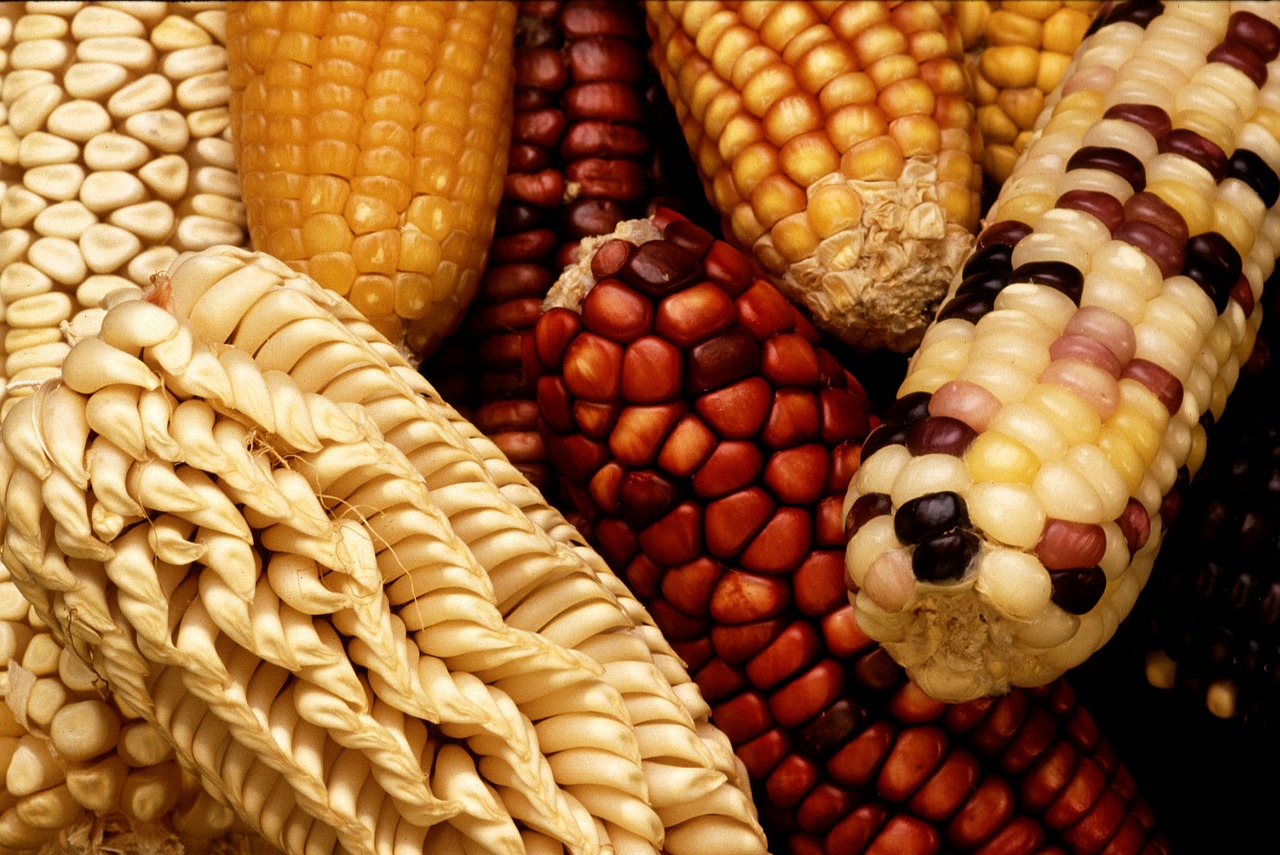Milpa: Linking Health, Nutrition and Agrobiodiversity
Author: Meritxell Solé | Published: October 14, 2016
Through the years, different cultures have observed the diversity and dispersal patterns found in natural ecosystems. This learning process has allowed the development of several agrobiodiverse farming systems around the world that imitate nature’s rich biodiversity.
One of them is the Milpa, an ancient intercropping system used throughout Mesoamerica. In this complex agroecosystem corn, beans and squash are grown in polyculture with chiles, quelites (different plants commonly eaten in Mexico for their leaves), amaranth, medicinal plants, insects, flowers and a huge variety of flora and fauna, creating a perfect balance for both the soil and for human’s diet.
From an agrobiological perspective, milpa facilitates interaction between plants, insects, soil microorganisms and animals. As opposed to a monoculture system, the rich biodiversity fostered in the milpa produces a highly resilient system, maintains land cover, reduces soil erosion and enhances soil fertility, protecting farmers from complete crop failure in years of drought and disease. From a nutritional point of view, milpa crops – including fruits, vegetables, grains and legumes in all shapes and colors – provide us with a variety of nutrients that our body needs to maintain optimum health.
However, this ancient biodiverse farming system of producing food in a respectful, colorful and intelligent manner in México is being lost. Industrialization of agriculture and economic interests of big corporations are forcing campesinos to abandon the countryside and move to cities, as they no longer can work the land as their grandparents used to do. This causes rapid growth of cities, overexploitation of soil and water resources and environmental degradation.
Modern agriculture has followed a path of simplification, ‘artificialization’ and intensification, and has replaced nature’s diversity with a small number of cultivated plants, reducing the diversity of our diets. Here’s the paradox: despite being overfed, population is malnourished. Processed food might be inexpensive and convenient, but is nutrient-poor. When food is taken from its natural state and is processed, refined and packaged, it loses enzymes, vitamins, minerals, phytochemicals and antioxidants; all of them essential for our overall health. So the more processed food you eat and the more you limit yourself to a very narrow range of foods, the more nutrient-deficient you become.
Reverting to diets of our ancestors would enable us to regain lost nutrients, improve our relationship with the Earth and restore not only human but environmental health. This is why it is so important that you inform yourself: know what you eat, where it comes from and who is producing it. Eat clean and local and reconnect with nature, traditional diets and cultural practices. We depend on it for survival.

